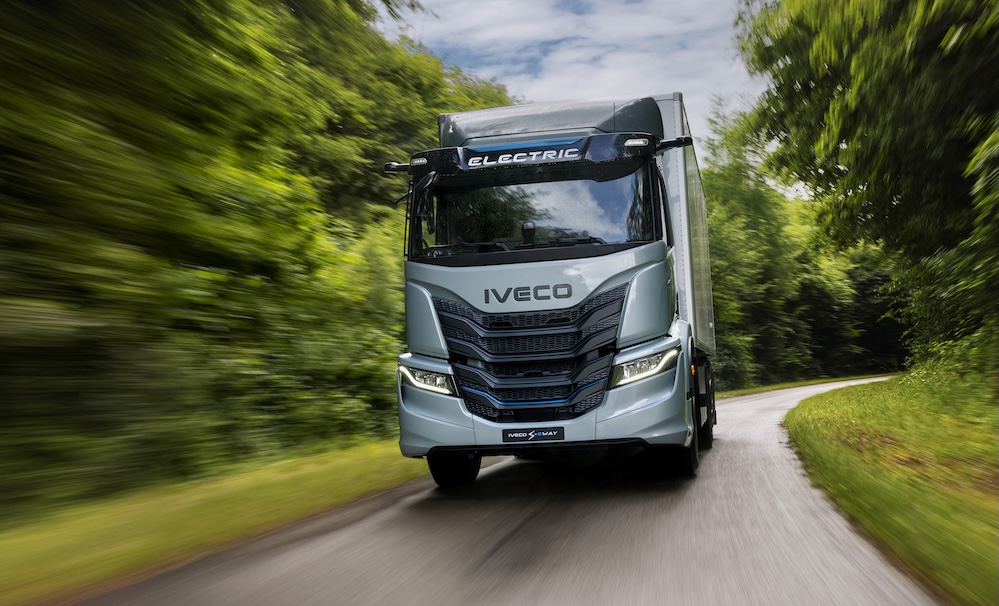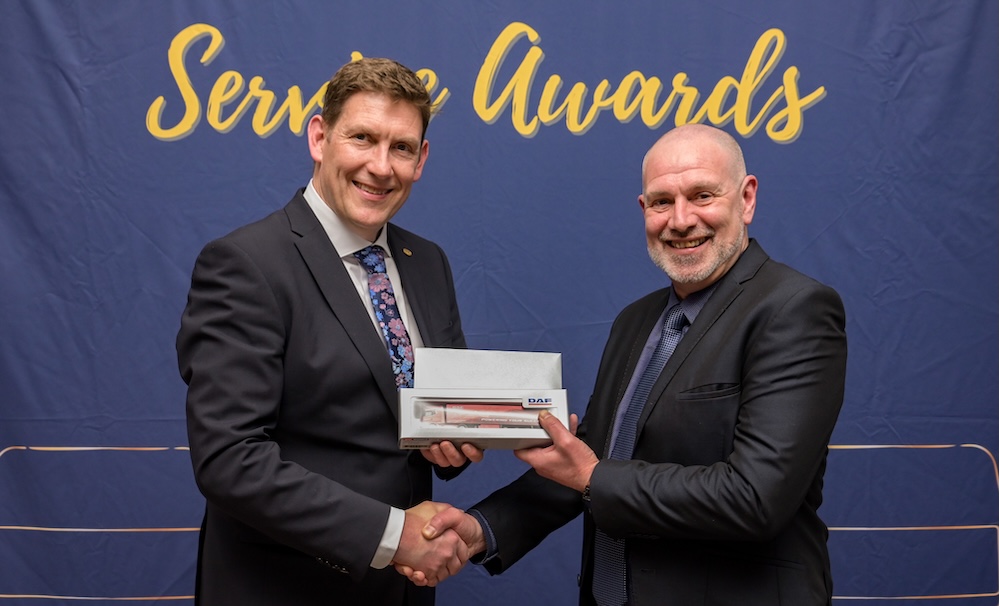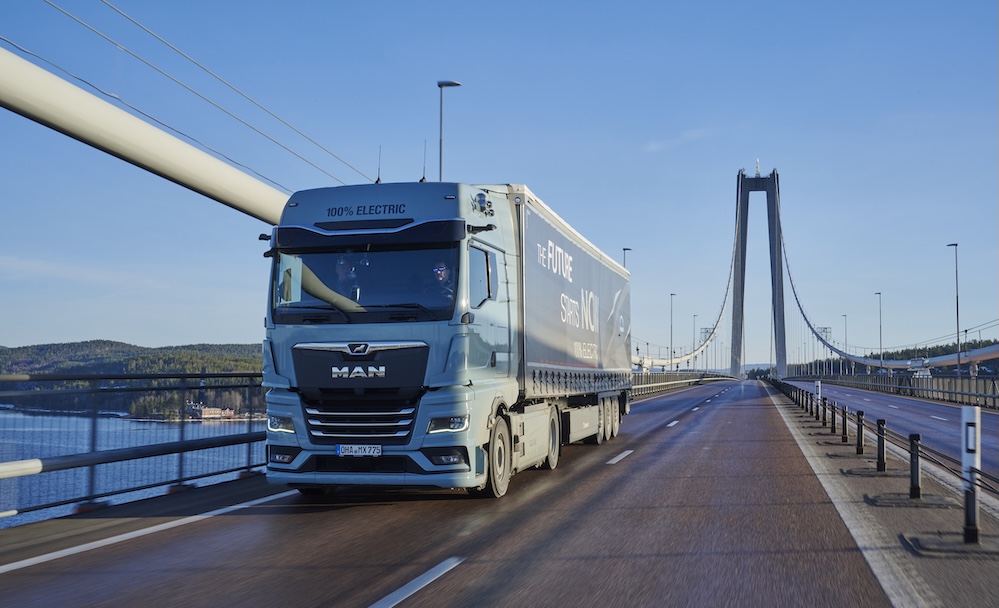The development of Scania’s new automated manual transmission (AMT) range of gearboxes has been a major undertaking starting from scratch. The new range, which retains the long-established and well-known Scania Opticruise branding, has no components in common with the existing range. With their wealth of performance enhancements, the new AMTs have been designed to remain competitive throughout this decade.
“I dislike the worn cliché about starting from a blank sheet of paper, but that was actually the case here,” says Jimmy Larsson, Senior Manager, Head of Gearbox Development, Scania Research and Development. “The team’s assignment was to develop gearboxes that could handle all the diverse demands of the next decade, especially in fuel consumption, drivability and sustainability. Also, with the new range vehicles with high gross train weights can use fast axle gearing while still maintaining the required startability.”
Scania has a long standing tradition of offering powertrains with low-revs and high torque as key elements for achieving low fuel consumption. This is because if it has the torque and capability to propel the truck at low engine speeds, less fuel will be used, simply as fuel needs to be injected into a cylinder on every fourth piston stroke.
In practice, this entails highly complex computations with a multitude of factors to consider. If the engine speed can be maintained at between 1,050 rpm to 1,150 rpm while cruising, significant amounts of fuel can be saved compared to higher revving drivetrain configurations. The combination of the high torque from the new engines and the wider spread of total ratios in the gearbox make this attainable. The new gearbox also features an overdrive gear to maintain the engine speed level without compromising drivability.
Highly efficient
A prominent feature of the new gearboxes is their fuel-saving capability. This is because Scania’s engineers have particularly focused on internal friction when designing and developing the new range. The planned target was achieved, with internal losses due to friction reduced by 50 percent. This was accomplished through polishing some of the gears, by using low viscosity manual transmission fluid (MTF) oil and by setting aside the lion’s share of the oil in a separate, dry sump-like part on top of the gearbox. This reduces internal oil splash since the gears are not continuously exposed to oil. Certain cog areas which are vulnerable to hard wear when absorbing force are supplied with extra oil by spray pipes for increased cooling and lubrication. The oil change intervals of the new AMT gearboxes have been greatly improved, due to higher precision and the use of larger oil filters and high-quality oil.
All aluminium and quiet
The first gearbox in the new range, G33CM is a 14-speed unit comprising 12 gears plus crawler and overdrive, and is 60 kilogrammes lighter than the current gearboxes, mainly due to its all-aluminium housings and smaller overall dimensions. Another key achievement is lowered noise, a prerequisite for meeting future regulations. The average noise reduction is 3.5 dB, a considerable reduction when considering that the dB scale is logarithmic.
The new gearboxes are shorter than the most commonly used current Scania gearbox, the GRS905. By only using two synchronisers, (compared to seven), between low and high range split, the new gearboxes are shorter and sturdier, with shafts capable of handling more torque. This also enables opportunities to use gears with slightly wider cogs that can handle more load and are more durable.
However, removing synchromesh gears also places higher demands on the gearbox management system and the overall gear-shifting strategy. Accordingly, an all-new electronic control system has been developed to manage the pneumatic actuators and the three shaft brakes that are instrumental for swift, smooth and accurate gearshifts.
Eight gears for reverse
In the new Scania AMT range, the company’s engineers have adopted a new approach to reversing. In most gearboxes, engaging reverse entails letting a separate cog wheel rotate the mainshaft in the opposite direction. In the new Scania range, the planetary engagement at the output shaft is used instead, and reversing is effectuated by locking up the planetary wheel carrier. This solution allows having eight gears for travelling in reverse at higher speeds (optional).
Power take-off (PTO) solutions
Scania’s new AMT range comes with a selection of newly-developed PTO solutions to fulfil a wide variety of tasks. A total of nine PTO options will be available, characterised by increased performance, less drag losses and great flexibility via modularity. The EG (gearbox) PTOs are driven directly by the layshaft and are pressure-lubricated by the gearbox. The new interface on the gearbox with a lubrication port means that they can power heavier equipment than the current gearbox range.
EK (flywheel-driven) PTO’s will consist of a separate unit, mounted between the engine and the gearbox. Four different ratios will be available and the output tower is possible to mount in three different positions.
“All-in-all, we have every reason to believe that our new gearbox range is state-of- the-art for powerful truck engines,” says Alexander Vlaskamp, Executive Vice President, Head of Sales and Marketing at Scania. “Our AMTs will support our customers in fulfilling their transportation tasks in a seamless and sustainable way for many years to come.”







